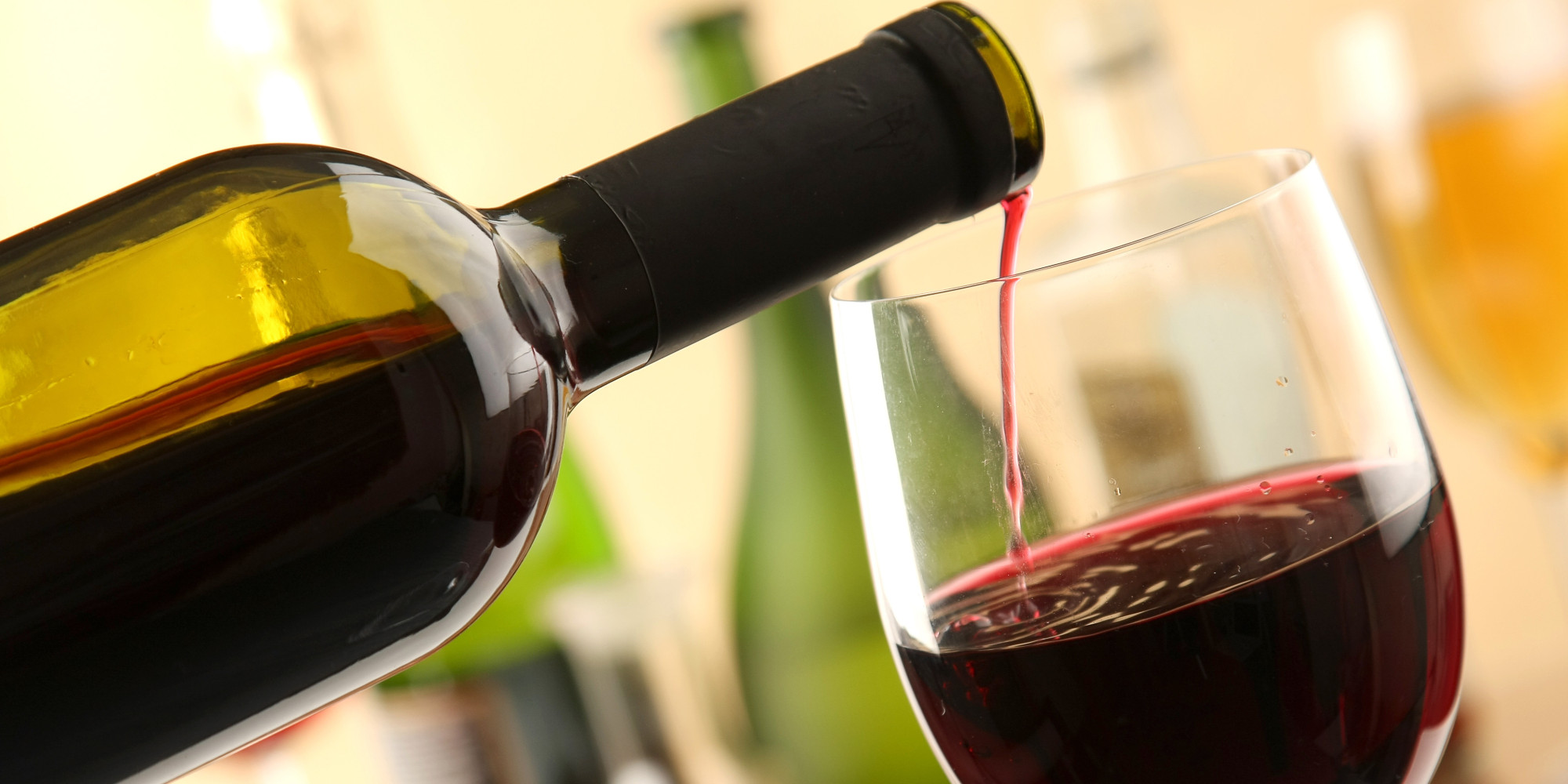Sipping Elegance: Unveiling the Enchanting World of Wine

Wine, a timeless elixir crafted from nature's finest grapes, has fascinated and captivated connoisseurs for centuries. From its humble beginnings as a simple beverage, wine has evolved into an art form, tantalizing our senses with its rich colors, aromatic bouquets, and complex flavors. Its ability to transcend borders and cultures, bringing people together in celebration and indulgence, is a testament to its universal appeal.
In today's bustling world, where the demands of our daily lives often leave little room for indulgence, wine offers us a moment of respite, a chance to unwind and savor the elegance that comes with each sip. Whether it's a crisp white wine on a warm summer evening or a robust red to accompany a hearty meal, there is a bottle to suit every occasion and palate.
But as the world of wine continues to expand and evolve, with a myriad of vineyards and vintages to choose from, it can be daunting for both enthusiasts and novices alike. Where does one begin to navigate this enchanting world of wine? How does one discern the subtle nuances and complexities that make each bottle unique? And for those looking to share their passion for wine, how can they best sell their carefully curated selection to those seeking a taste of elegance?
In this article, we will take you on a journey through the wondrous world of wine, uncovering its secrets, exploring its history, and offering guidance on how to sell wine with finesse and charm. So sit back, pour yourself a glass of your favorite vintage, and let us unlock the mysteries that lie within each bottle, as we embark on a voyage of discovery into the world of sipping elegance.

The Art of Wine Tasting
The magical world of wine opens up to us through the delicate and refined art of wine tasting. With every sip, we embark on a sensory journey that allows us to explore the nuances and complexities of this age-old elixir. From the vibrant hues that dance in the glass to the intricate aromas that waft through the air, wine captivates our senses in ways that few other beverages can. In this section, we delve into the art of wine tasting, unraveling its secrets and uncovering the hidden treasures that lie within each bottle.
As our lips touch the rim of the glass, we encounter the first wave of sensations that define the experience of wine tasting. The texture of the wine, whether velvety or vibrant, glides across our palate, leaving behind a trail of flavors that range from fruity and luscious to dry and elegant. The subtle interplay of sweetness, acidity, and tannins dances on our taste buds, revealing the true character of the wine and showcasing the talent of the winemaker.
But the journey doesn't stop there. Our sense of smell plays a crucial role in wine tasting, unlocking a world of aromas that bring the wine to life. From the familiar scents of ripe berries and citrus fruits to the more elusive aromas of spices, flowers, and even earthy undertones, each wine has its own unique bouquet waiting to be discovered. With every swirl of the glass, these intricate aromas intensify, allowing us to fully immerse ourselves in the essence of the wine.
Wine tasting is a skill that requires practice and patience. It is an art form that encourages us to slow down, to savor each sip, and to appreciate the beauty that lies within each bottle. Whether we're indulging in a rich red wine that whispers of oak and dark chocolate or delighting in a crisp white wine that evokes images of sun-drenched vineyards, the art of wine tasting invites us to embrace the elegance and sophistication that wine has to offer.
Stay tuned for the next section, where we will explore the fascinating world of winemaking and the dedication it takes to create a bottle of liquid perfection.
Understanding Wine Varieties
Wine offers a diverse range of flavors and characteristics that captivate wine enthusiasts around the globe. From the classic elegance of Cabernet Sauvignon to the vibrant freshness of Sauvignon Blanc, each wine variety tells a unique story. Understanding these varieties is essential for both wine collectors and those looking to sell wine.
Red Wine: Red wine is renowned for its rich, robust flavors and deep color. Varieties such as Cabernet Sauvignon, Merlot, and Pinot Noir are celebrated for their complexity and ability to age gracefully. Cabernet Sauvignon often showcases bold dark fruit flavors, while Merlot exhibits a velvety texture and notes of plum. Pinot Noir, on the other hand, is known for its delicate and earthy characteristics, offering a lighter-bodied option for red wine enthusiasts.
White Wine: White wine provides a refreshing and lighter alternative to its red counterparts. Chardonnay, Sauvignon Blanc, and Riesling are among the most popular white wine varieties. Chardonnay, often aged in oak barrels, exhibits buttery notes and a smooth mouthfeel. Sauvignon Blanc, on the other hand, offers vibrant acidity and crisp flavors of citrus and tropical fruits. For those who prefer a slightly sweet wine, Riesling presents a range of styles from bone-dry to lusciously sweet, all with distinctive floral and fruity aromas.
Rosé Wine: Rosé wine, with its pale pink hue and delicate flavors, has gained immense popularity in recent years. Made from a variety of grapes, including Grenache, Syrah, and Sangiovese, rosé offers a beautiful balance between the refreshing qualities of white wine and the fruitiness of red wine. With flavors ranging from strawberry and watermelon to citrus and spice, rosé wines embrace versatility and can be enjoyed on their own or paired with a wide array of dishes.
Understanding the characteristics and nuances of different wine varieties can greatly enhance your appreciation of this enchanting beverage. Whether you are exploring the world of wine for personal enjoyment or seeking to sell wine, let the endless variety of flavors and the stories they tell guide you on a journey of sipping elegance.
Choosing the Right Wine
When it comes to selecting the perfect wine, there are a few factors to consider. First and foremost, understanding your own taste preferences is key. Take some time to explore different wine varieties and determine which flavors and aromas you enjoy the most. Whether you lean towards a fruity and light-bodied wine or a full-bodied and robust option, knowing your personal taste profile will make the selection process much easier.
In addition to personal preference, it's important to consider the occasion and the food pairing. Certain wines complement different types of cuisine, so it's worth considering the flavors and ingredients in the dish you'll be enjoying alongside your wine. For example, a dry white wine pairs wonderfully with seafood, while a bold red wine can enhance the flavors of red meat or rich pasta dishes. Taking these factors into account will help you make a well-informed decision.
Lastly, budget is often a factor when choosing wine. While there are exceptional wines at every price point, it's essential to determine the amount you are willing to spend. Keep in mind that quality wines can be found in various price ranges, so don't be afraid to explore different options within your budget. Whether you're looking for an affordable everyday wine or a special bottle for a celebratory occasion, there are countless choices available that will suit your needs.
By considering your taste preferences, the occasion, and your budget, you can confidently choose the right wine to enhance your dining experience. Cheers to discovering the perfect bottle!
